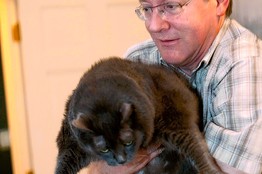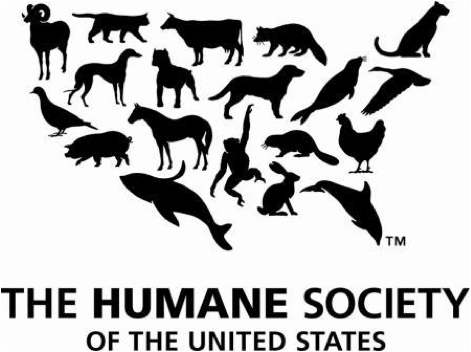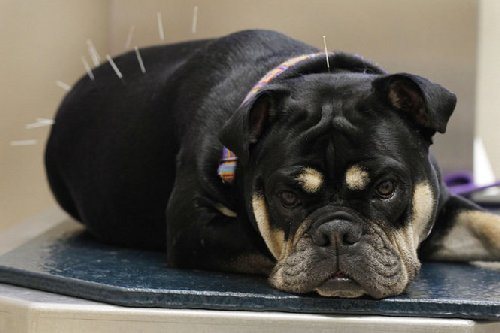
Atlanta, GA – New data was just released that shows that over 55 percent of pets in the United States are 30 percent above normal weight or obese. This means that one fifth of all dogs and cats in the U.S. are now considered overweight or obese according to a study conducted by the Association for pet Obesity along with Mars Inc’s, Banfield Pet Hospital.
Many problems can occur in obese pets just like in humans such as arthritis, cancer, diabetes, high blood pressure and kidney failure. The obvious cause of this epidemic is the routine overfeeding of pets and the lack of exercise. According to the research, those pets that are feed less over their lifetime tend to live significantly longer and healthier lives.
“Obesity in pets is almost the equivalent of smoking in human medicine,” said Steven Budsberg, director of clinical research at the University of Georgia College of Veterinary Medicine. “There’s the high cost to people, and it’s self-induced. I never met a German shepherd who could open the refrigerator or food bag and pour himself another bowl.”
Ernie Ward, founder of the Association of Pet Obesity Prevention, said “what is most striking about their findings is that fat pets are getting fatter. There has been a rise in the proportion of pets that are obese, which is down to better data and education for vets in spotting obesity and understanding the issue. For years, the topic of ‘fat pets’ was considered taboo in the veterinary community,” says Dr. Ward. “There are sensitivities to an owner’s own weight condition and to making them feel guilty for overfeeding their pet.”
Dr Ward also mentioned that there is a big difference between a pet being ‘big’ or ‘fat’. “We believe the 2010 data is affected by two things – fewer cat visits to the vet in the U.S. in 2010 and better education and tools allowing vets to better assess obese states, particularly in dogs where we’ve lagged in the past. I do not believe the obesity problem is improving for cats, nor do I believe the percentage is lower.”
Here are some steps pet owners can take to reduce their pet’s weight:
• Check with you Vet to determine the right amount of calories for your pet
• Measure your pets meals and don’t just fill the bowl
• Exercise your pet daily for at least 20 to 30 minutes of fast pace walking or play time
“Knowing how much to feed pets can be confusing. Many cat owners leave out full bowls of food for pets to graze, but feeding just 10 extra kibbles of a typical dry cat food could add up to one pound of weight gain annually”, says Dr. Ward. Just like in humans, some pets are genetically prone to obesity and their owners must take steps to make sure their pets receive fewer calories than other pets that have faster metabolisms.





